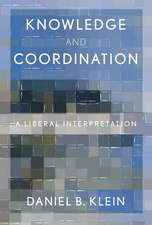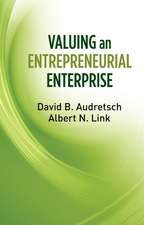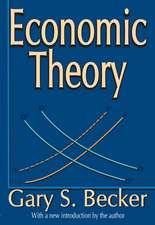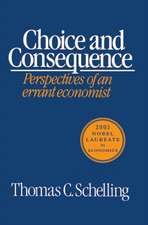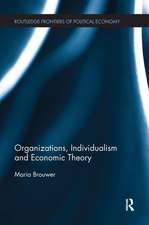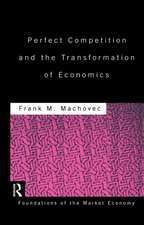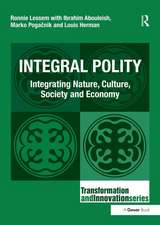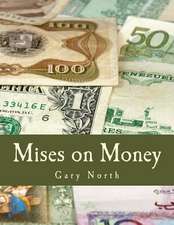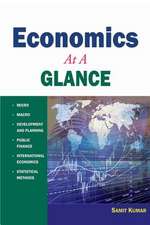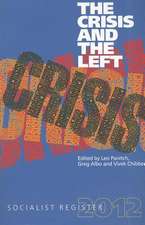The Stockholm School and the Development of Dynamic Method: Routledge Library Editions: The History of Economic Thought
Autor Björn A. Hanssonen Limba Engleză Hardback – 18 ian 2017
| Toate formatele și edițiile | Preț | Express |
|---|---|---|
| Paperback (1) | 238.04 lei 6-8 săpt. | |
| Taylor & Francis – 16 iul 2018 | 238.04 lei 6-8 săpt. | |
| Hardback (1) | 698.17 lei 6-8 săpt. | |
| Taylor & Francis – 18 ian 2017 | 698.17 lei 6-8 săpt. |
Preț: 698.17 lei
Preț vechi: 821.37 lei
-15% Nou
Puncte Express: 1047
Preț estimativ în valută:
133.60€ • 137.83$ • 111.49£
133.60€ • 137.83$ • 111.49£
Carte tipărită la comandă
Livrare economică 26 martie-09 aprilie
Preluare comenzi: 021 569.72.76
Specificații
ISBN-13: 9781138230200
ISBN-10: 1138230200
Pagini: 298
Dimensiuni: 138 x 216 x 18 mm
Greutate: 0.45 kg
Ediția:1
Editura: Taylor & Francis
Colecția Routledge
Seria Routledge Library Editions: The History of Economic Thought
Locul publicării:Oxford, United Kingdom
ISBN-10: 1138230200
Pagini: 298
Dimensiuni: 138 x 216 x 18 mm
Greutate: 0.45 kg
Ediția:1
Editura: Taylor & Francis
Colecția Routledge
Seria Routledge Library Editions: The History of Economic Thought
Locul publicării:Oxford, United Kingdom
Public țintă
General, Postgraduate, and UndergraduateCuprins
Preface; 1. Introduction 2. The Analytical Framework 3. The ‘Method of Expectations’: Myrdal’s Dissertation (1927) 4. The Equilibrium Approach: Lindahl’s Development of Intertemporal and Temporal Equilibrium (1929-1930) 5. The Equilibrium Approach (cont’d) 6. A Critique of Static Equilibrium Theory: Lundberg (1930) 7. The Disequilibrium Approach: Myrdal’s Development of Ex Ante and Ex Post (1931-1932) 8. Profit as a Link Between Consecutive Periods: Hammarskjöld (1932-1933) 9. Autonomous Changes in Consumption Demand: Ohlin (1932-1934) 10. A Fully Developed Sequence Analysis: Lindahl (1934-1935) 11. Disequilibrium Sequence Analysis: Lundberg (1937) 12. The Immediate Response to The General Theory 13. Summary; Bibliography; Appendix
Descriere
This book, first published in 1982, provides a thorough analysis of the Stockholm School’s contribution to the development of dynamic methods. It examines the work of such key figures as Myrdal, Lundberg and Lindahl and provides new insights on their work.

















